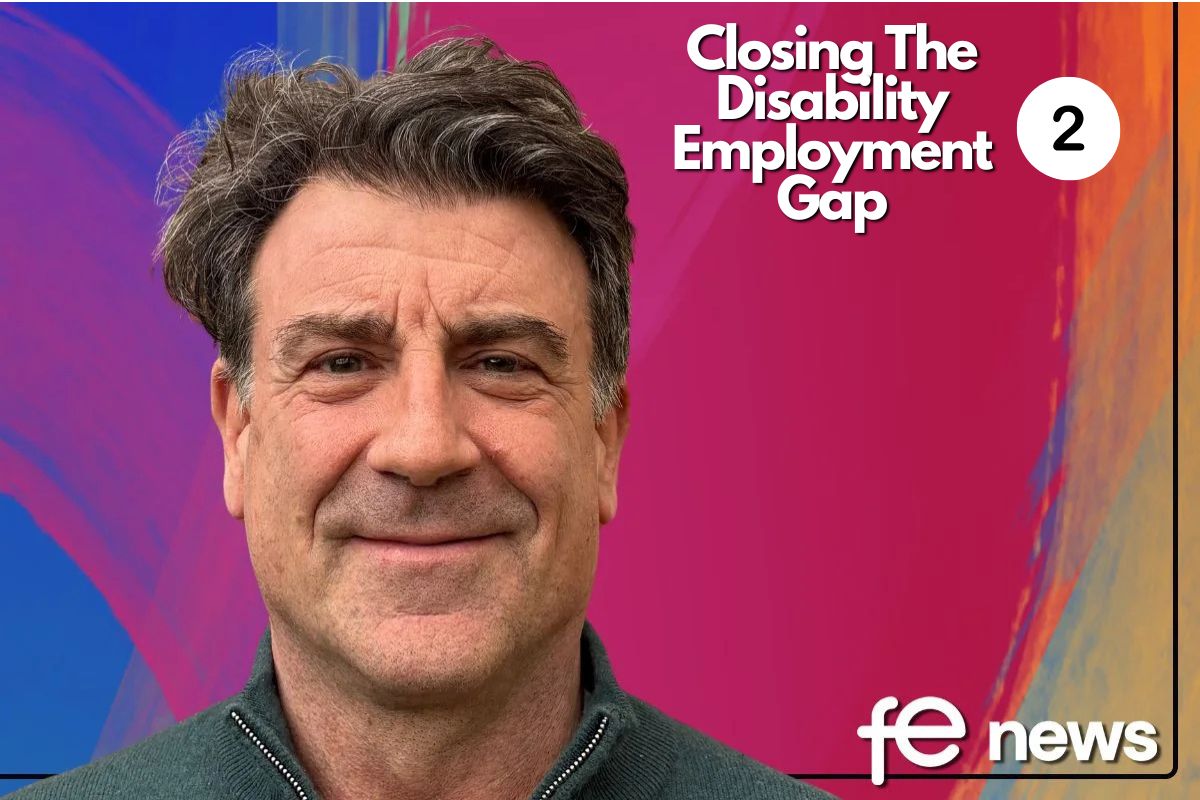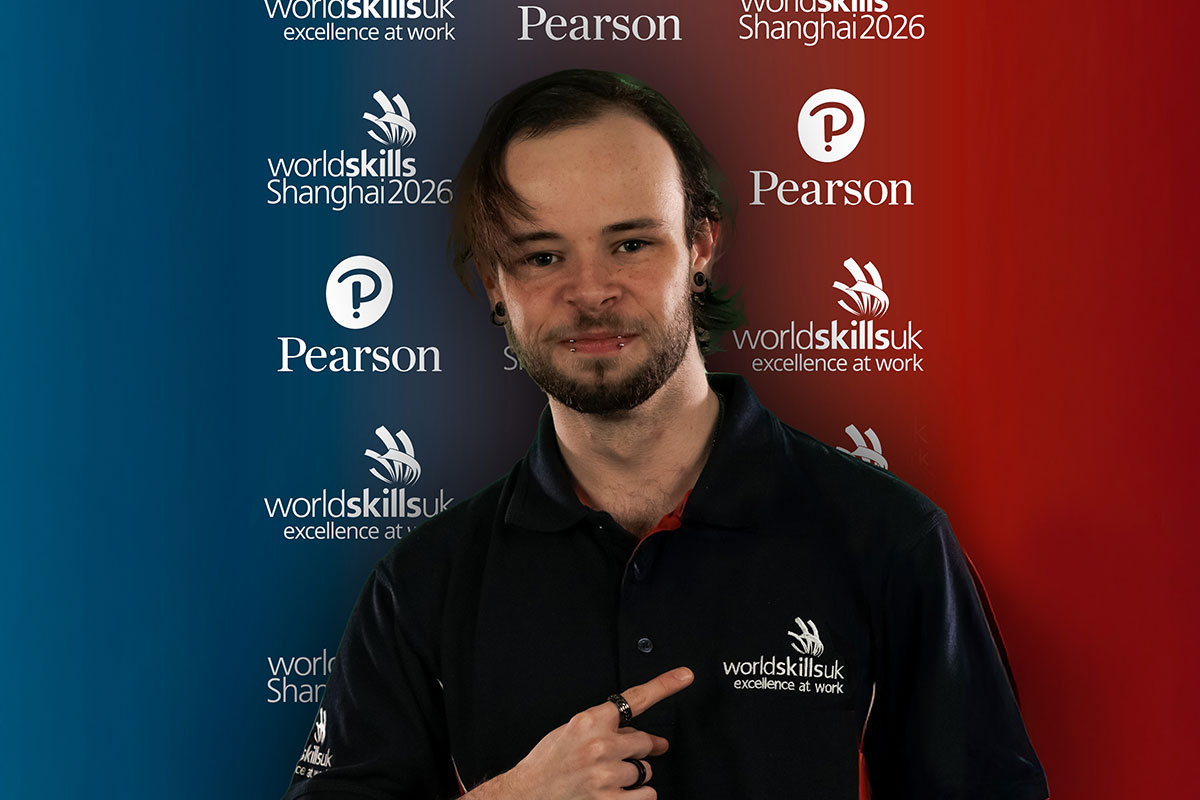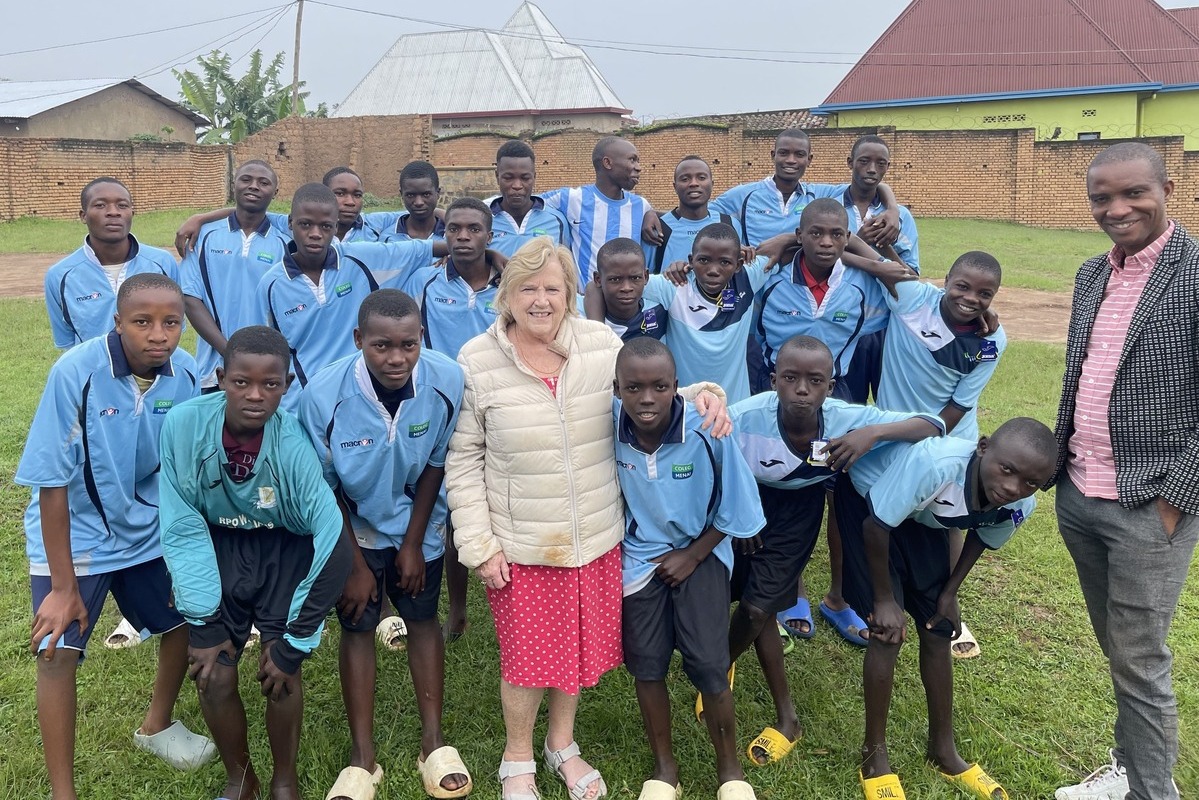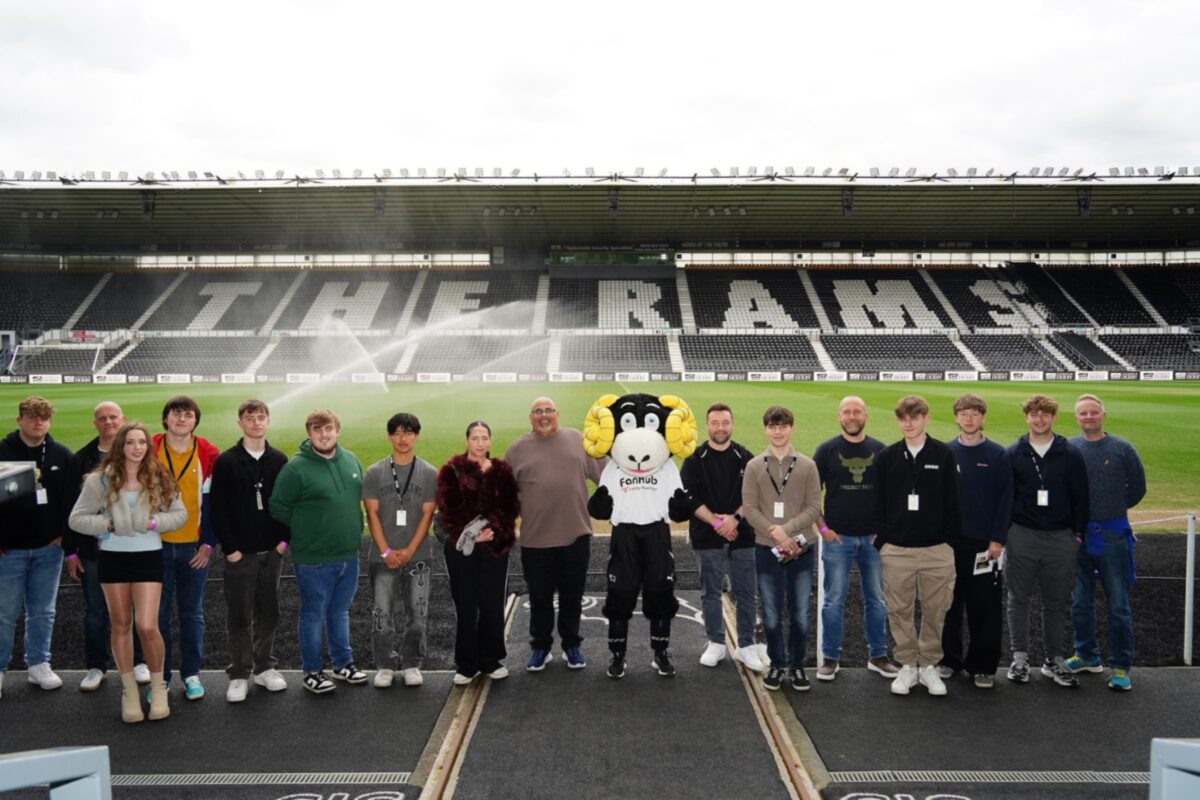Bridging The SEND Gap Between Education and Employment with Assistive Technology

In the first article in this series of three, I explored the disability employment gap (DEG), highlighting the systemic barriers, hiring biases, and workplace inaccessibility that have kept the employment rate for disabled individuals significantly lower than their non-disabled peers. Closing this gap is an economic necessity, with businesses and the wider economy set to benefit from greater diversity, innovation, and access to the ‘purple pound’, but despite legal protections, opportunities continue to be limited by outdated employer attitudes and a lack of inclusive hiring practices. Crucially, these barriers start early, in education, where inclusive education and career development play a vital role in shaping future employability.
In this second article, I explore how assistive technology empowers SEND students, enhancing communication, learning, and employability. Integrating this technology bridges education and work, ensuring inclusion, confidence, and career readiness in an evolving job market.
Rob Burrow and Assistive Technology: A Voice Which Couldn’t Be Silenced

Rob Burrow’s final journey was deeply poignant. Once an elite, powerful and lightning-fast Rugby League star, Rob was reduced to a shadow of his former self by the relentless progression of Motor Neurone Disease (MND). Yet, despite the cruel toll MND took on his body, assistive technology played a crucial role in allowing him to live life on his own terms. Through eye-gaze technology and his Grid Pad communication device, Rob inspired millions and even delivered moving speeches, ensuring his own, banked voice complete with his own Yorkshire accent, continued to tell his story. His determination, aided by cutting-edge assistive tools, allowed him to raise awareness, champion MND research and leave a lasting legacy of courage, resilience and hope. Publicised through Kevin Sinfield’s media and fundraising efforts, Rob’s journey showcased how innovation can preserve identity and independence, reinforcing that communication barriers can be overcome with the right tools.
Raising The Profile Of Assistive Technology: Hawking As Well As Burrow
Alongside Rob Burrow, Stephen Hawking is another figure who played a key role in raising awareness of assistive technology, demonstrating its power to enable rather than restrict. Physics Professor Hawking, diagnosed at 21 with ALS, a progressive neurodegenerative disease that affects nerve cells in the brain and spinal cord, used a speech-generating device controlled by cheek movements to communicate, lecture and expand scientific understanding for over five decades. His global recognition helped change perceptions, proving that technology can unlock immense human potential.
These highly visible and publicised uses of assistive technology not only normalised the tech but also demonstrated that physical limitations need not hinder intellectual and professional contributions. Hawking’s global recognition for ‘making black holes cool’, helped shift the narrative around disability, proving that with the right tools, human potential knows no bounds.
What Exactly Is Assistive Technology?
Over the past two decades, assistive technology, defined by the UK Government as ‘products or services designed to enable independence for individuals with disabilities, restricted mobility or other impairments to perform functions that might otherwise be difficult or impossible’, has experienced substantial growth, significantly enhancing the quality of life for individuals with disabilities.
Assistive technology enhances accessibility for individuals with deafness, speech impairments and special educational needs and disabilities (SEND) by enabling communication, learning, and workplace inclusion. Examples of the technology include:

Text to speech software: This technology supports students who struggle with speech but can type, improves reading for those with mild learning difficulties through audio reinforcement and enhances text comprehension with interactive storybooks. Augmentative and Alternative Communication (AAC) devices and eye-gaze technology support those with speech impairments.
These technologies foster independence, improve communication and break down barriers in education and employment, creating a more inclusive society.
Growth And Integration
Innovations in assistive technologies have led to huge growth in recent years in the available products and that is predicted to continue. This expansion has been supported by increased awareness and a commitment to inclusivity with devices such as hearing aids, mobility aids and cognitive support tools becoming more advanced and accessible. Most notably, there has been a convergence between consumer electronics and assistive products, leading to greater commercialisation and integration of these technologies into everyday life. For instance, AI-powered tools assist students with learning disabilities in academic tasks, levelling the educational playing field, and the adoption of inclusive technologies in workplaces has led to higher productivity and better employee retention.

Future Outlook?
Looking ahead, the demand for assistive technologies is expected to continue to rise, with projections by the World Economic Forum indicating that 3.5 billion people will require some form of assistive device by 2050 and the global assistive technology market is forecast to be worth $31.2 billion by 2030, supported by artificial intelligence algorithms. This anticipated growth emphasises the importance of continued innovation and investment in this sector to meet the diverse needs of the global population
Changing Attitudes From An Early Age
Attitudes toward disability and neurodiversity start forming in school. Many young individuals with SEND lack confidence in their abilities due to limited opportunities and societal prejudices. Businesses should collaborate to create pathways for young people with neurodivergent needs and, by connecting neurodivergent students with companies early on in life, they can build self-assurance and develop the skills needed for the workforce. Work experience programmes, mentoring schemes and skill-building initiatives can ensure that these students are prepared for the job market and this can be achieved with the aid of technology.
Assistive Technology And The Pathway To Employment
At Kloodle, we are working with numerous SEND settings, where embedded assistive technology is transforming how students develop, track, and showcase their employability skills. By integrating AI-driven skills’ recognition into digital individuals’ skills portfolios, the Kloodle platform ensures that students’ activities, whether recorded by themselves, teachers, or within their Education, Health, and Care Plans (EHCPs), are automatically mapped to key skills and character development. This built-in accessibility in the digital platform benefits all learners, offering screen reader support, keyboard navigation, dyslexia-friendly fonts, and customisable settings to ensure inclusive access. The intelligent system also suggests career pathways aligned with employer priorities, bridging education and employment while making employability tracking more dynamic, structured, and universally accessible.
Two institutions leading the way in this approach are Melland High School (MHS) and the Digital Independent Specialist College (DISC), where the organisations focus on guiding students towards meaningful employment.
Melland High School: Using AI To Map Skills To Careers
MHS has developed a ‘skills and careers’ curriculum which integrates Kloodle’s AI-powered skill-tracking features to embed employability. As students engage in activities in the classroom, skills which they are developing are automatically identified. For example, a school project may involve teamwork and communication, but the pupils don’t necessarily realise they can develop their skills by doing simple activities in that context. These classroom tasks are supported by industry visits and vocational training in areas such as retail, hospitality, and digital literacy, their experiences are recorded and uploaded to their profiles. The AI can then map these activities to specific employability skills, helping students see how their daily tasks contribute to long-term career readiness. Importantly it has significantly helped to illustrate to parents, the day-to-day development learners are making.
Teachers also play a crucial role by uploading evidence of student achievements, ensuring that even non-verbal or hard-to-document skills, such as problem-solving, teamwork, and resilience, are captured and linked to employer-valued competencies. By using structured reflection prompts and multimedia uploads, MHS students build digital portfolios which not only track their growth but also highlight their strengths in a way that is accessible to employers seeking diverse talent.
DISC: Digital CVs And AI-Driven Employment Matching
At DISC, a cutting-edge specialist college focused on digital and creative industries, Kloodle is revolutionising the way students connect with potential employers. Students upload work, including web design projects, films, graphics and code, directly to their profiles, which aligns their skills with job opportunities flagged by industry partners. The platform effectively serves as a living digital CV, enabling students to curate their most relevant work for specific job applications with the support of teachers and mentors.
Beyond showcasing skills, the platform facilitates qualification assessments at DISC. Work uploaded to a student’s profile serves as evidence for accreditation, streamlining the assessment process and ensuring that students’ real-world projects contribute directly to their formal qualifications. Employers, in turn, can gain direct access to these profiles, providing feedback and recognising emerging talent in real-time.
Bridging Education And Employment Through Assistive Technology
Melland and DISC exemplify how assistive technology is reshaping employability pathways for SEND students. By making skills’ development visible, structured, and directly linked to employers’ needs, students are empowered to transition into the workforce with confidence.
Everyone Should Be Supporting Their Students With These Tools
The Planning Guide for Schools, Colleges and Careers Advisers, was published by the National Development Team for Inclusion (NDTi) and the British Association for Supported Employment (BASE) as part of the Department for Education (DfE) project, “Employment is Everyone’s Business”. This initiative aims to improve employment outcomes for young people with SEND by providing guidance on career planning, vocational profiling, work experience and long-term employment support. It offers schools and colleges practical strategies to integrate employability and assistive technology into SEND education and strengthen pathways into meaningful work.

These guidelines are supported by more recent key initiatives through which the UK government is enhancing the use of assistive technology in education. From 2025, all new teachers will receive training in assistive technology to better support SEND students using tools like dictation software and text-to-speech apps. The DfE has also launched the “Assistive Technology Test and Learn” programme to upskill school staff in effectively assessing and integrating AT into teaching. Additionally, the DfE provides research and resources on using technology in education, helping develop inclusive digital strategies.
We Must Integrate Assistive Technology Now!
Assistive technology has transformed the landscape of education and employment for young people with SEND, removing barriers and unlocking potential like never before. The advancements of the past decade have made these tools more powerful, intuitive, and accessible, ensuring that no student should be left behind. Now, it’s time to embrace these innovations fully. We must integrate assistive technology into learning and career development, empowering students to build skills, gain confidence, and transition into meaningful employment.
The future can be inclusive, but only if we take action. By equipping young people with the right tools, we give them the opportunity to thrive.
By Neil Wolstenholme, Kloodle Chairman










Responses